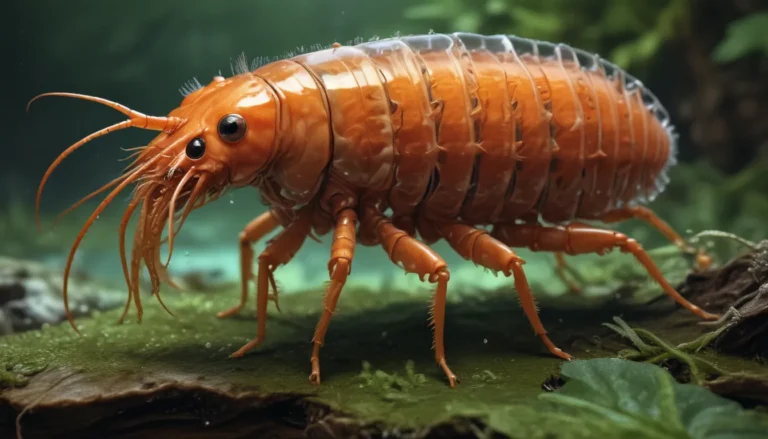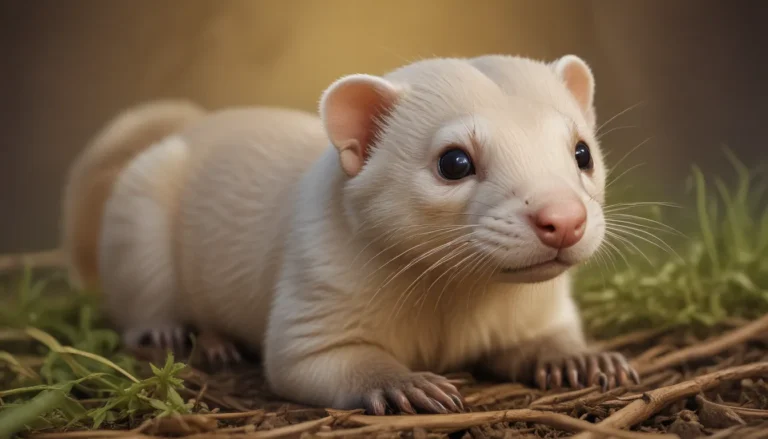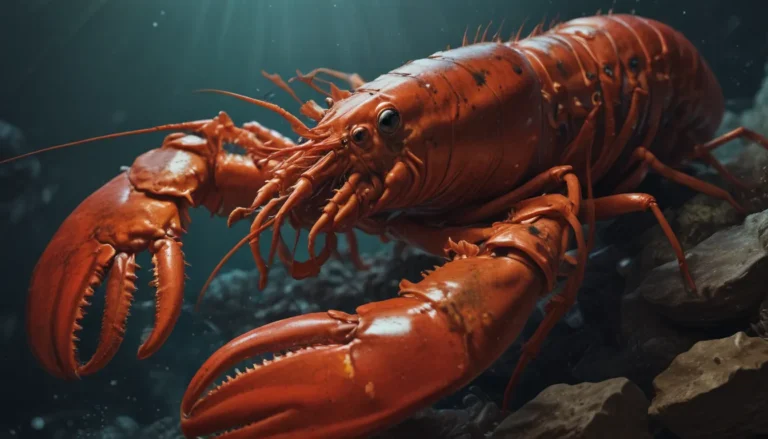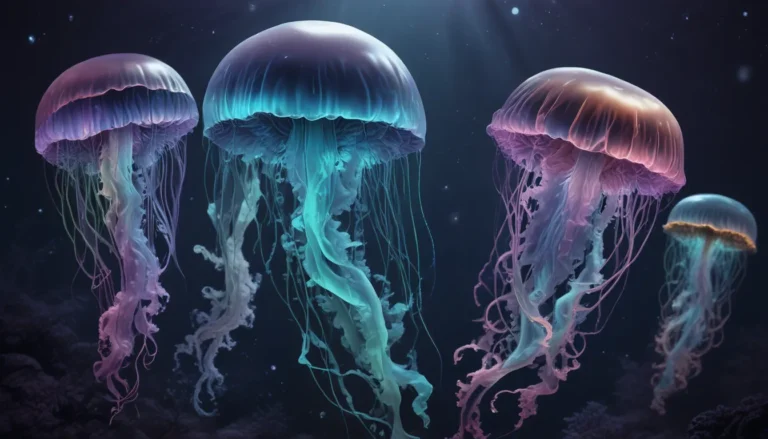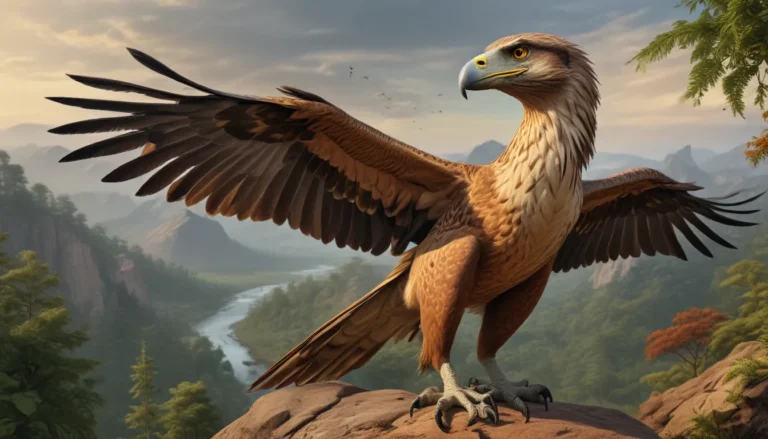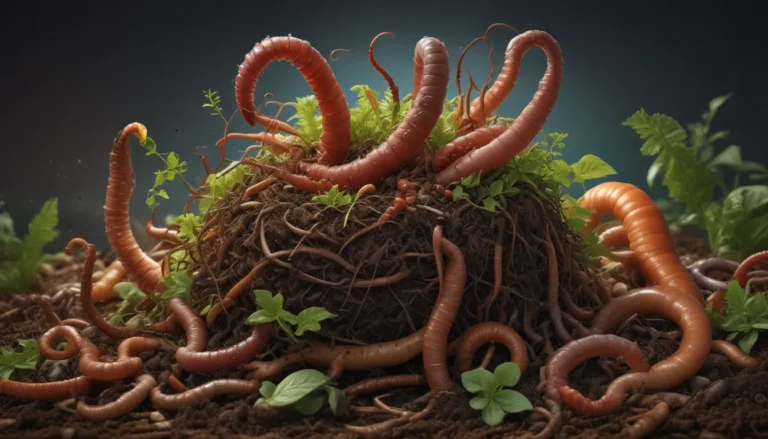The pictures we use in our articles might not show exactly what the words say. We choose these pictures to make you interested in reading more. The pictures work together with the words but don’t take their place. The words still tell you the important facts.
Welcome to the enchanting world of honey possums, also known as honey gliders or marsupial mice, fascinating creatures that call the southwestern region of Australia their home. Despite their misleading name, honey possums are not possums at all but rather unique members of the marsupial family Tarsipedidae. These tiny creatures have captured the hearts of animal enthusiasts with their endearing characteristics and specialized diet. Join us as we delve into the intriguing world of honey possums through 20 fascinating facts, shedding light on their biology, behavior, and conservation status.
Unveiling the Mysteries of Honey Possums
- The honey possum, also known as the Noolbenger, is a small marsupial native to southwestern Australia. Despite its tiny size, it plays a crucial role in pollination and is an indicator of the region’s ecosystem health.
- With its specialized diet, unique reproductive system, and role in pollination, the honey possum is an essential part of its ecosystem. Conservation efforts are crucial to ensure its survival and maintain the delicate balance of southwestern Australia’s biodiversity.
The Unique World of Honey Possums
- The honey possum is only found in a small region of Western Australia, making it a unique and rare animal.
- Despite its name, the honey possum is not a possum; it belongs to the family Tarsipedidae.
- This remarkable creature has a long, brush-tipped tongue that allows it to efficiently extract nectar from flowers.
- It can consume up to half its body weight in nectar every day!
- Despite its tiny size, it is incredibly agile and can navigate through the dense vegetation of its native habitat with ease.
- Male honey possums are larger than females and have a distinct black stripe running down their back.
A Glimpse into the Lifestyle of Honey Possums
- The honey possum is primarily nocturnal, meaning it is most active during the night.
- During the day, it rests in tree hollows or dense shrubs, conserving energy for its nighttime foraging activities.
- This adaptive mechanism allows it to survive in its arid and unpredictable environment.
- Female honey possums have a unique reproductive system where they have two uteri and can become pregnant while already carrying developing young.
- This unique characteristic prevents dirt and debris from getting into the pouch while the possum is foraging for food.
- These vocalizations are used for communication, especially during mating rituals and territorial disputes.
The Role of Honey Possums in Pollination
- The honey possum plays an important role in pollination by transferring pollen from one flower to another.
- As it feeds on nectar, pollen grains stick to its fur and are inadvertently carried to other flowers, aiding in the reproduction of plant species.
- Its gastrointestinal tract has adaptations to break down sugars and absorb nutrients efficiently.
- This ability helps them spot nectar-rich flowers among the foliage.
The Conservation of Honey Possums
- Conservation efforts are in place to protect the honey possum and its unique habitat.
- Due to their restricted range and specialized diet, habitat loss and degradation pose a significant threat to their survival.
- By studying and protecting these tiny creatures, we can gain valuable insights into the ecological balance of the region.
Spreading Awareness and Appreciation for Honey Possums
In conclusion, honey possums are fascinating creatures with unique characteristics and feeding habits. With their specialized tongue and teeth, they have adapted to extract nectar and pollen from flowers efficiently. These marsupials play a crucial role in pollination, contributing to the overall biodiversity and ecosystem health. To ensure their survival and the balance of our fragile ecosystems, it is crucial to protect and conserve their natural habitats. By learning more about honey possums and spreading awareness about their importance, we can all contribute to their conservation efforts.
FAQs About Honey Possums
- What is a honey possum? Honey possums, also known as Noolbennas or Tarsipes, are small marsupials native to southwest Australia.
- What do honey possums eat? Honey possums primarily feed on nectar and pollen extracted from various flowering plants.
- How do honey possums extract nectar? Honey possums have a specialized tongue and teeth that allow them to lap up nectar from flowers.
- Are honey possums endangered? Honey possums are currently classified as near threatened due to habitat loss and degradation.
- Where do honey possums live? Honey possums inhabit a range of habitats, including heathlands, forests, and woodland areas.
- How small are honey possums? Honey possums are one of the smallest marsupials, measuring around four to five centimeters in length.
- Do honey possums have pouches? Yes, honey possums have a pouch in which they carry and nurture their young.
- How many babies do honey possums have at once? Honey possums usually give birth to just one young at a time.
- Do honey possums have predators? Yes, honey possums face threats from predators such as birds, snakes, and feral cats.
- Can honey possums be kept as pets? No, honey possums are wild animals and should not be kept as pets. They require specific care and an appropriate environment to thrive.
Join Us in Preserving the Beauty of Southwest Australia
Our commitment to delivering trustworthy and engaging content is at the heart of what we do. Each fact on our site is contributed by real users like you, bringing a wealth of diverse insights and information. Trust in our commitment to quality and authenticity as you explore and learn with us. Together, we can ensure that these unique and remarkable creatures, honey possums, continue to thrive in the wild for generations to come.

